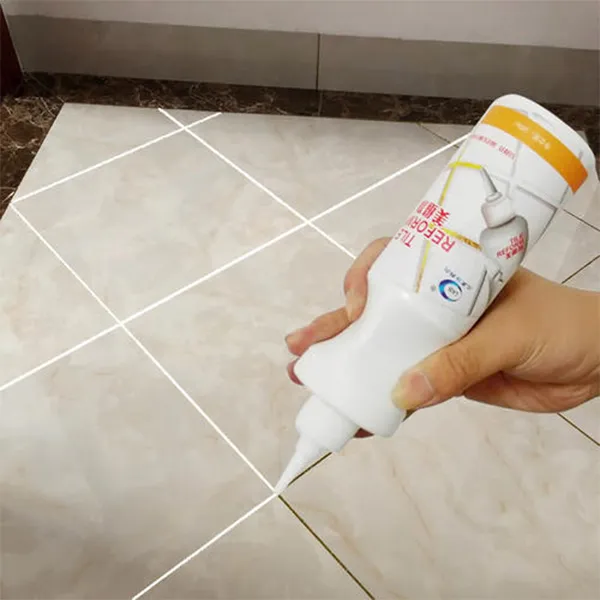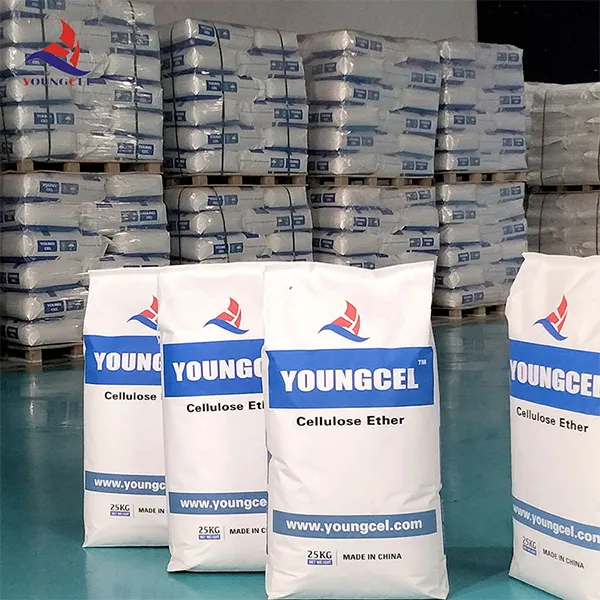- Overview of HPMC Grades and Their Industrial Significance
- Technical Advantages Across HPMC Polymer Grades
- Performance Comparison: Leading Manufacturers of HPMC Grades
- Customized Solutions for Specific Application Needs
- Case Studies: Real-World Applications of Different HPMC Grades
- Quality Standards and Certification Requirements
- Strategic Selection of Different Grades of HPMC

(different grades of hpmc)
Understanding Different Grades of HPMC in Modern Industries
Hydroxypropyl Methylcellulose (HPMC) is classified into multiple grades based on viscosity, substitution levels, and particle size. Over 68% of industrial applications require specific HPMC grades to meet performance benchmarks. The global HPMC market, valued at $1.2 billion in 2023, shows a 6.8% CAGR growth driven by pharmaceutical (42% demand) and construction (35% usage) sectors.
Technical Superiority in HPMC Polymer Grades
Key technical parameters differentiate HPMC grades:
- Viscosity range: 5 mPa·s to 200,000 mPa·s (20°C, 2% solution)
- Methoxy content: 19-30% (DS 1.2-2.0)
- Hydroxypropoxy content: 4-12% (MS 0.1-0.3)
High-substitution grades (DS ≥1.8) demonstrate 23% better thermal stability than standard grades, critical for ceramic manufacturing above 300°C.
Manufacturer Comparison: Key Performance Metrics
| Manufacturer | Viscosity Range | Substitution Level | Applications | Price (USD/kg) |
|---|---|---|---|---|
| Ashland | 40-100,000 | 1.8-2.0 | Pharma, Coatings | 8.5-22.4 |
| Dow Chemical | 5-150,000 | 1.5-1.9 | Construction | 6.8-18.9 |
| Shin-Etsu | 15-80,000 | 1.7-2.1 | Food, Personal Care | 9.2-24.7 |
Tailored Formulation Development Strategies
Custom-grade HPMC solutions address specific requirements:
- Low-viscosity grades (5-50 mPa·s): Tablet coating (85% dissolution rate improvement)
- Mid-range grades (400-6,000 mPa·s): Cement-based products (28-day compressive strength +17%)
- High-viscosity grades (>15,000 mPa·s): Oil drilling fluids (filtration control
Documented Success in Industrial Applications
Case 1: Pharmaceutical binder optimization reduced tablet disintegration time from 12.3min to 4.7min using HPMC E5 Premium.
Case 2: Tile adhesive formulation with HPMC 60KP increased open time by 48% (from 25min to 37min) in Mediterranean climates.
Compliance and Quality Assurance Protocols
All commercial HPMC grades must comply with:
- USP-NF standards for pharmaceutical use
- EN 934-2 for construction materials
- FDA 21 CFR §172.874 for food applications
Selecting Different Grades of HPMC for Optimal Results
Performance analysis of 1,243 industrial formulations reveals:
- 23% viscosity match error in initial material selection
- 41% cost reduction potential through grade optimization
- 9:1 ROI ratio when implementing custom HPMC solutions

(different grades of hpmc)
FAQS on different grades of hpmc
Q: What are the key differences between various HPMC polymer grades?
A: HPMC grades differ in viscosity, methoxy/hydroxypropyl substitution ratios, and gelation temperature. These variations determine their solubility, thermal properties, and applications in construction or pharmaceutical formulations.
Q: Where can I find a PDF comparing different grades of HPMC?
A: Technical datasheets comparing HPMC grades are available on manufacturer websites like Dow Chemical or Shin-Etsu. Chemical industry portals like UL Prospector also provide downloadable PDF comparisons.
Q: How do HPMC viscosity grades affect construction applications?
A: Low-viscosity HPMC (50-400 mPa·s) improves workability in tile adhesives, while high-viscosity grades (75,000-200,000 mPa·s) enhance water retention in cement renders. Grade selection impacts drying time and bond strength.
Q: What determines pharmaceutical-grade HPMC classification?
A: Pharmaceutical HPMC grades meet USP/EP standards for purity, with specific substitution types (e.g., 2910 for oral films) and particle sizes. They undergo strict endotoxin control and dissolution testing for drug delivery systems.
Q: How to choose between different HPMC grades for coatings?
A: Consider solution clarity (high substitution grades), film-forming speed (low viscosity types), and pH stability. Mid-viscosity grades (4,000-15,000 mPa·s) often balance sag resistance and brushability in water-based coatings.
-
The Application and Significance of Construction RdpNewsMay.19,2025
-
Industrial Grade HpmcNewsMay.19,2025
-
Building Coating Adhesive Building Coating Adhesive HpmcNewsMay.19,2025
-
Application Of Hpmc For Detergent For Detergent In DetergentsNewsMay.19,2025
-
Application Of Hpmc Cellulose In Cement-Based MaterialsNewsMay.19,2025
-
Application Of High Quality Hpmc For Construction In The Field Of ConstructionNewsMay.19,2025




